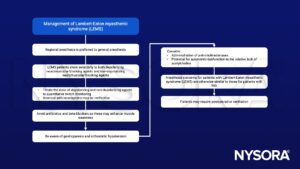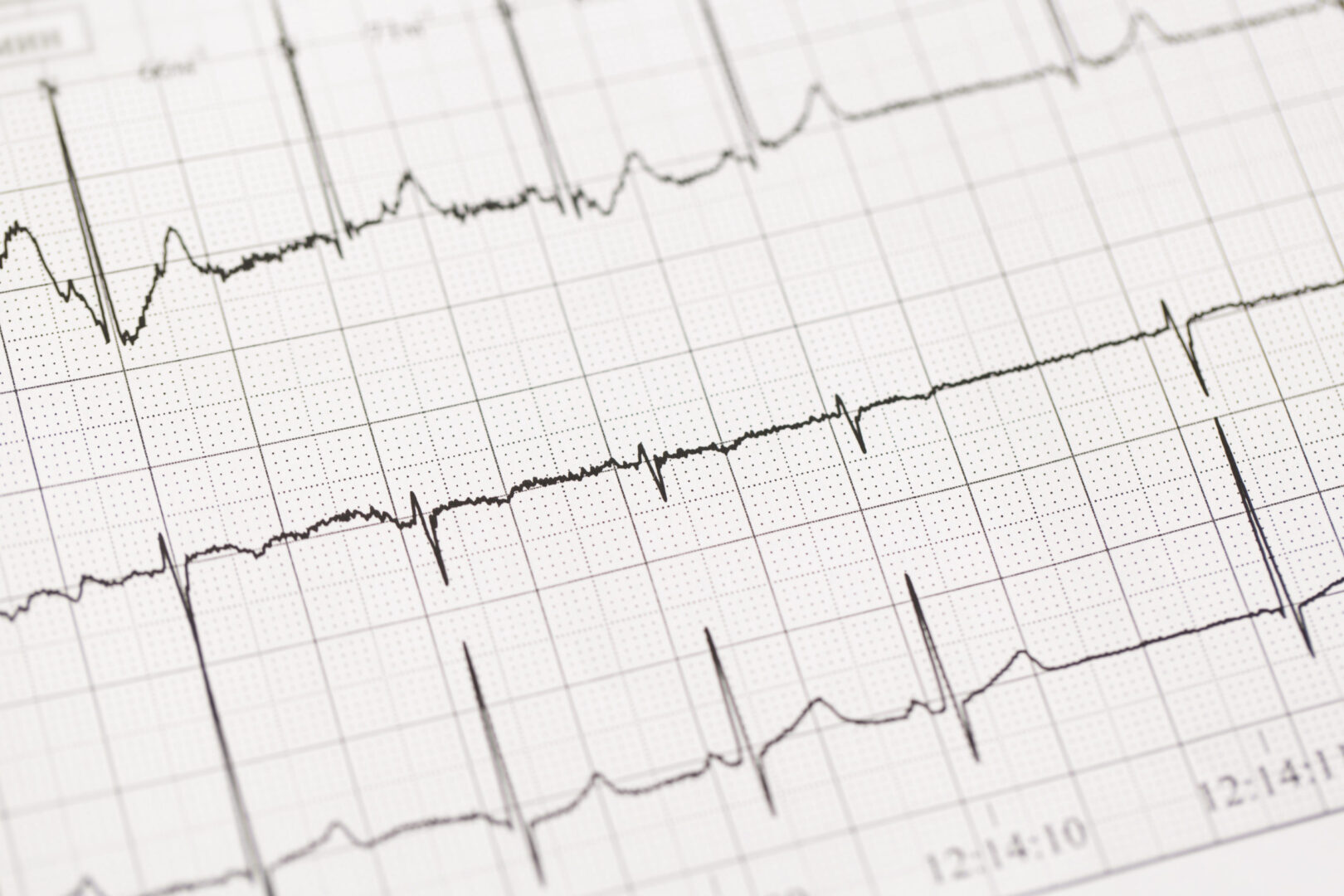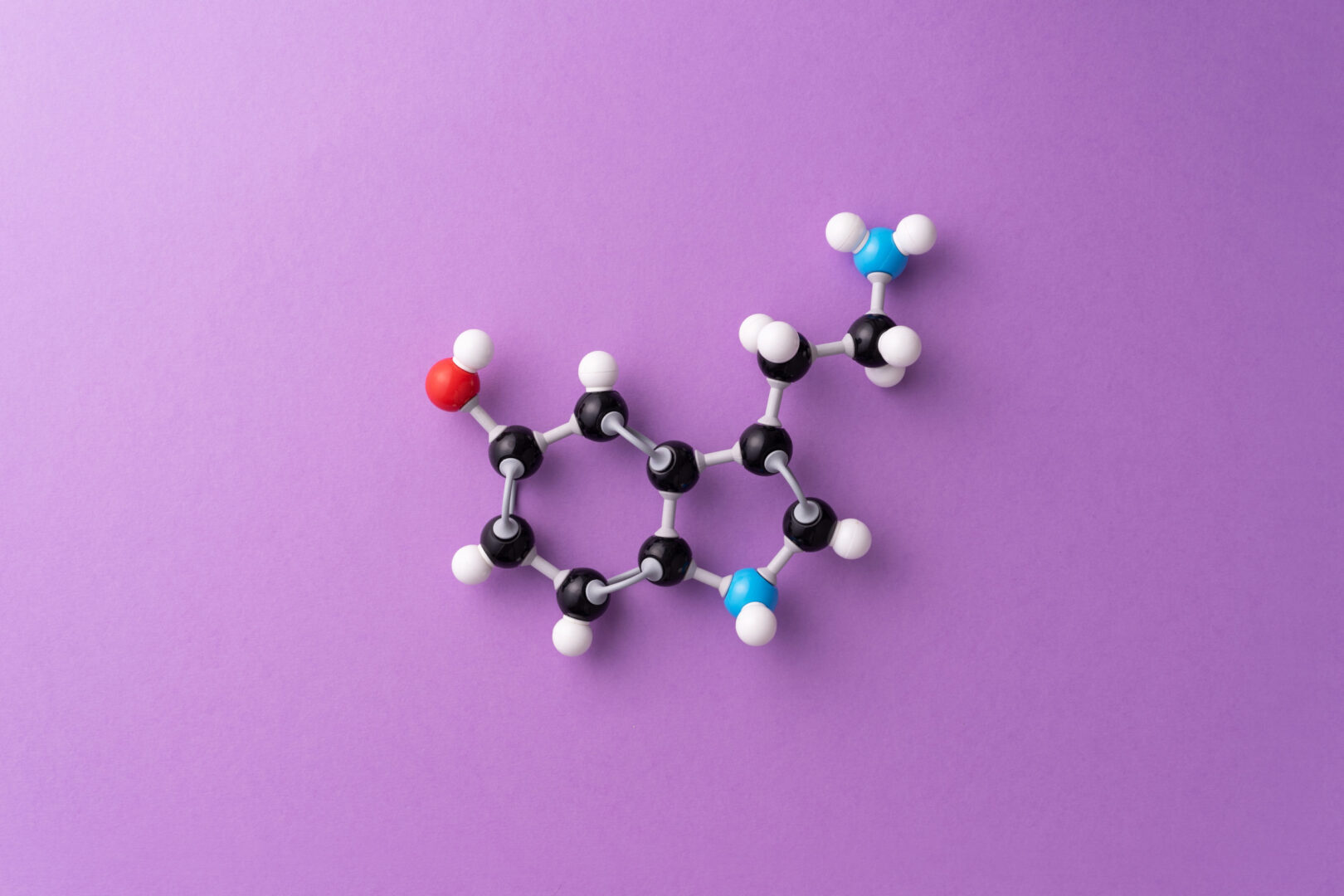Learning objectives
- Definition of Lambert-Eaton myasthenic syndrome (LEMS)
- Treatment and anesthetic management of LEMS
Definition and mechanisms
- Lambert-Eaton myasthenic syndrome (LEMS) is a very rare condition in which the immune system attacks the neuromuscular junctions thereby interfering with the ability of nerve cells to send signals to muscle cells
- A miscommunication between the nerve cell and the muscles that leads to the gradual onset of muscle weakness and autonomic nervous system dysfunction
- More specifically, voltage-gated calcium channels in the presynaptic neuronal cell membrane are attacked by antibodies, and with fewer calcium channels, acetylcholine release from the presynaptic nerve terminals is reduced
- Two types of LEMS:
- Paraneoplastic LEMS is often associated (50-60%) with small-cell lung cancer
- Treat underlying cancer as this may improve symptoms from this condition
- Characterized by an older age of onset (average 60 years)
- Caused by an accidental attack by the immune system as it attempts to fight the cancer
- LEMS may also be associated with:
- Endocrine diseases such as hypothyroidism or diabetes mellitus type 1
- It may have a genetic component linked to autoimmunity
- Younger age of onset (on average 35 years)
- Paraneoplastic LEMS is often associated (50-60%) with small-cell lung cancer
- Myasthenia gravis has very similar symptoms to Lambert-Eaton syndrome
- In contrast to myasthenia gravis, the weakness in Eaton–Lambert syndrome usually improves with exercise
Signs and symptoms
- Primary clinical manifestation: muscle weakness and muscle fatigue
- Trouble walking
- Muscle pain or stiffness
- Tingling sensation in your hands or feet
- Droopy eyelids (ptosis)
- Double vision (diplopia)
- Dry mouth and dry eyes
- Constipation
- Decreased sweating
- Weight loss
- Difficulty peeing
- Erectile dysfunction
- Dysarthria and dysphagia are late-stage symptoms
- Dyspnea and respiratory failure
- Lambert-Eaton myasthenic syndrome typically affects upper leg muscle strength first, followed by shoulder muscles, muscles of the hands and feet, muscles affecting speech and swallowing, and eye muscles
- Symptoms develop gradually over weeks or months
Diagnosis
- Blood tests to detect antibodies
- Electromyography
- Screening for malignancy: CT, MRI, PET
Treatment
- Treatment for underlying malignancy: surgery, radiation, or chemotherapy
- Improve muscle strength: amifampridine, guanidine
- Acetylcholinesterase inhibitors: pyridostigmine (30-120 mg every 3-6 hours) or 3,4-diaminopyridine
- Intravenous immune globulin
- Immunosuppression: prednisolone, azathioprine, methotrexate, cyclosporine
- Plasmapheresis
- Rituximab
Management

Suggested reading
- Kesner VG, Oh SJ, Dimachkie MM, Barohn RJ. Lambert-Eaton Myasthenic Syndrome. Neurol Clin. 2018;36(2):379-394.
- Weingarten TN, Araka CN, Mogensen ME, Sorenson JP, Marienau ME, Watson JC, Sprung J. 2014. Lambert-Eaton myasthenic syndrome during anesthesia: a report of 37 patients. Journal of Clinical anesthesia. 26;8:648-653.
- Marsh, S., Pittard, A., 2011. Neuromuscular disorders and anaesthesia. Part 2: specific neuromuscular disorders. Continuing Education in Anaesthesia Critical Care & Pain 11, 119–123.
We would love to hear from you. If you should detect any errors, email us customerservice@nysora.com







